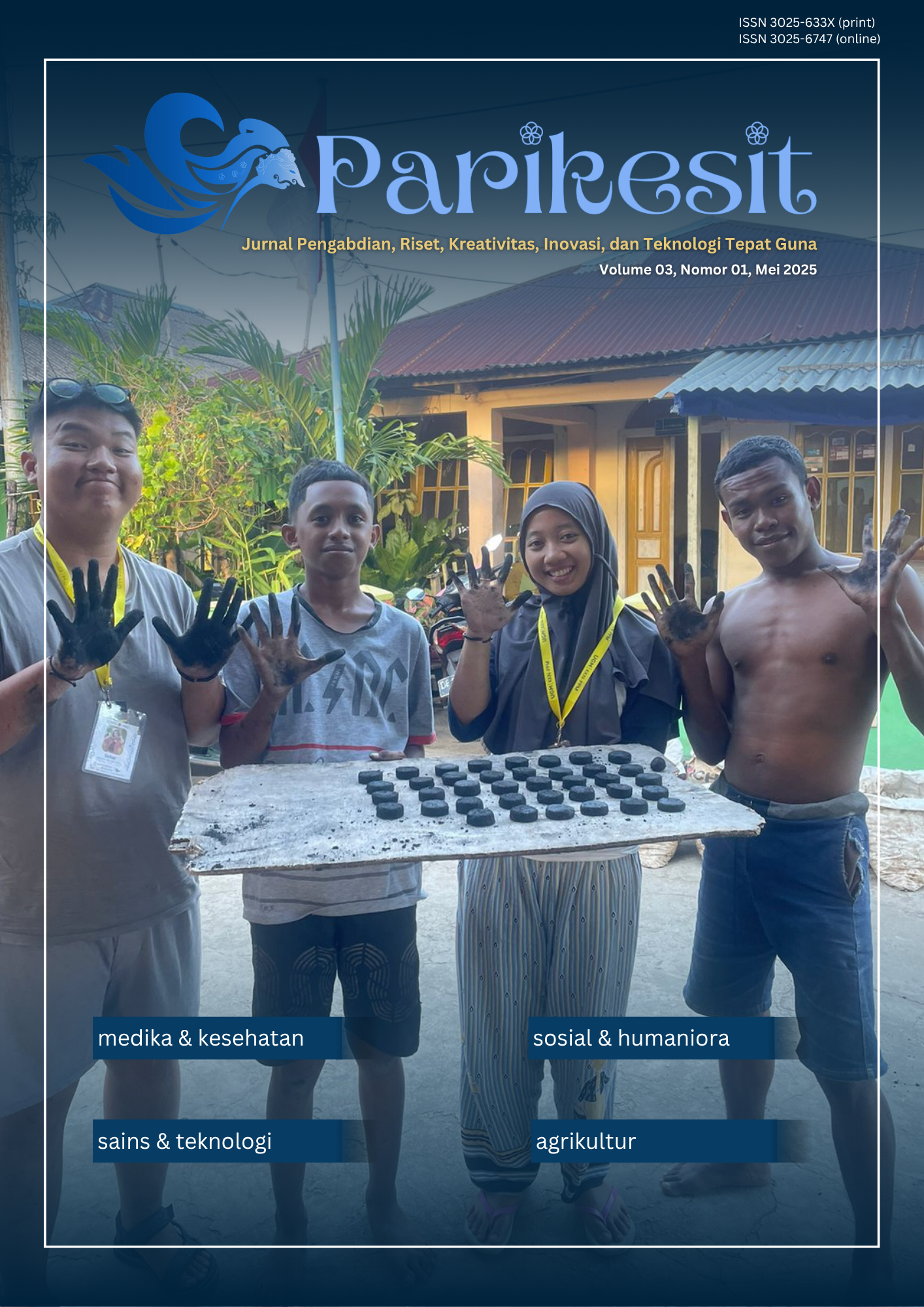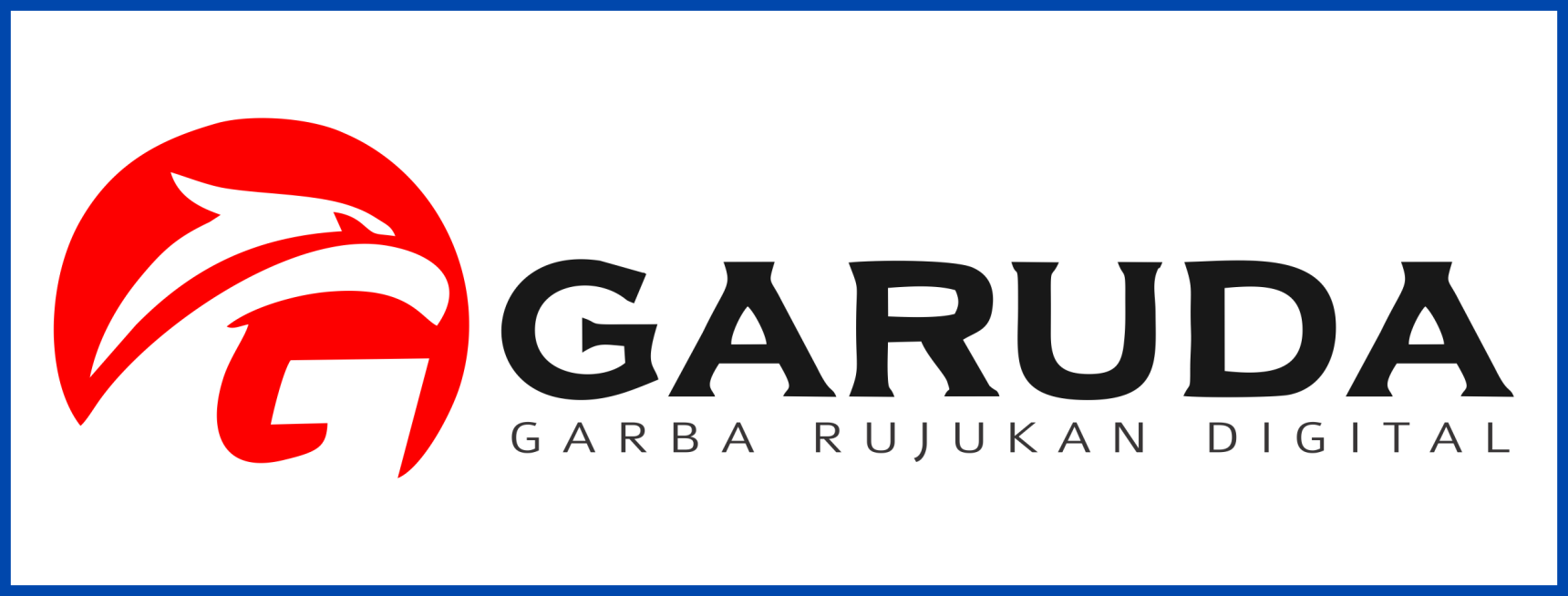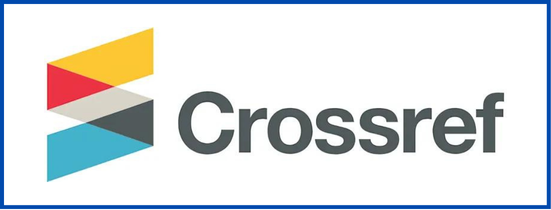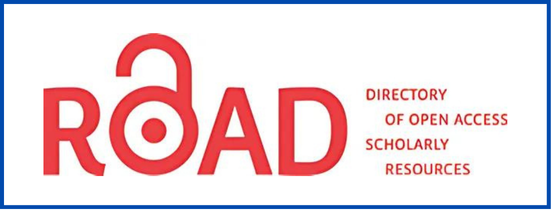Design and Construction of Sulobaja Village Park, Tobadak District, Central Mamuju Regency, West Sulawesi
Abstract
Sulobaja Village is one of the villages located in Tobadak District, Central Mamuju Regency, West Sulawesi Province. The creation of the Sulobaja Village park was motivated by the lack of educative green open space in the village, which can function as a place of recreation as well as a source of learning for the community. The main objective of making this park is to provide green open space that not only beautifies the village environment but also provides educational benefits for residents, especially in the fields of agriculture, environment, and health. The implementation of the Sulobaja Village park started from July 22 to July 28, 2024. The method used in making this park includes several stages, namely designing the Sulobaja Village Park, preparing materials and equipment such as soil, rocks, compost, crops, ornamental plants, and tools such as shovels and angkong. After all materials and equipment are available, the park construction process begins by planting crops and ornamental plants, and building other supporting facilities. The results of the garden include decorations that read “SULOBAJA” as the garden icon, planting of crops equipped with a drip irrigation system, and planting of ornamental plants with mist irrigation to maintain optimal humidity. In addition, the park is also equipped with segregated waste bins to support good waste management programs, as well as information boards containing various educational posters about the environment, agriculture, and health. In conclusion, Sulobaja Village Park has successfully realized a green open space that not only improves the aesthetics of the village but also serves as a medium for education and community empowerment.
References
Ariasita, P. & Hanan, H. (2020). Penilaian efektivitas fungsi taman kota sebagai ruang terbuka hijau publik di Kota Malang. Jurnal Teknik ITS, 9(2), 47—53.
Damayani, N., Silvana, T., Saepudin, E., & Budiono, A. (2017). Pengembangan taman bacaan masyarakat di Desa Sindangkerta Kecamatan Cipatujah Kabupaten Tasikmalaya. Jurnal Aplikasi Ipteks untuk Masyarakat, 6(1), 57—61.
Damayanty, D. (2021). Peran karang taruna dalam membina dan mengembangkan sikap kepemimpinan remaja. Jurnal Pendidikan Karakter, 11(1), 45—58.
Karouw, C. J. V., Moniaga, I. L., & Karongkong, H. H. (2019). Kajian sebaran & ketersediaan ruang terbuka hijau di Perkotaan Tondano. SPASIAL: Perencanaan Wilayah dan Kota, 6(3).
Kementerian Dalam Negeri. (2021). Pemberdayaan masyarakat melalui pengelolaan ruang terbuka hijau. Kementerian Dalam Negeri.
Kementerian Pekerjaan Umum dan Perumahan Rakyat. (2020). Pedoman penyelenggaraan ruang terbuka hijau di kawasan perkotaan. Kementerian PUPR.
Oktaviani, S. (2021). Kepedulian sosial pemuda karang taruna Kota Serang. Jurnal Pendidikan Pancasila dan Kewarganegaraan, 10(2), 112—125.
Qathrunnada, A., Fuady, M., & Safwan. (2021). Evaluasi fungsi ekologis ruang terbuka hijau Taman Pusat Kota Banda Aceh (Studi kasus Taman Bustanussalatin dan Blang Padang). Jurnal Ilmiah Mahasiswa Arsitektur dan Perencanaan, 5(4), 38—43.
Rahmi, D. H. (2017). Penyediaan ruang terbuka hijau di lingkungan perumahan di Yogyakarta. Jurnal Manusia dan Lingkungan, 24(3), 310—317.
Rini, H. S., & Afriyani, R. W. (2018). Fungsi edukasi Taman Kota Patih Sampun Pemalang sebagai ruang publik bagi masyarakat. Jurnal Sosietas, 8(2), 543—547. https://doi.org/10.17509/sosietas.v8i2.14597
Salshabila, A. S. F., & Sukmawati, A. M. (2020). Kelayakan ruang terbuka hijau publik berdasarkan karakteristik fisik ruang (Studi di Taman Kota Gajahwong, Kota Yogyakarta). Ruang, 7(2), 74—86.
Sembel, A. S., Malik, A. A. M., & Moniaga, I. L. (2015). Peningkatan kualitas ruang terbuka hijau melalui pembangunan taman PKK di Kecamatan Kalawat. MEDIA MATRASAIN, 12(3).
Wenti, R. (2020). Eksistensi karang taruna dalam aktivitas kepemudaan. Jurnal Sosial dan Budaya, 7(2), 123—135.
Copyright (c) 2025 Jurnal Pengabdian, Riset, Kreativitas, Inovasi, dan Teknologi Tepat Guna

This work is licensed under a Creative Commons Attribution-ShareAlike 4.0 International License.









